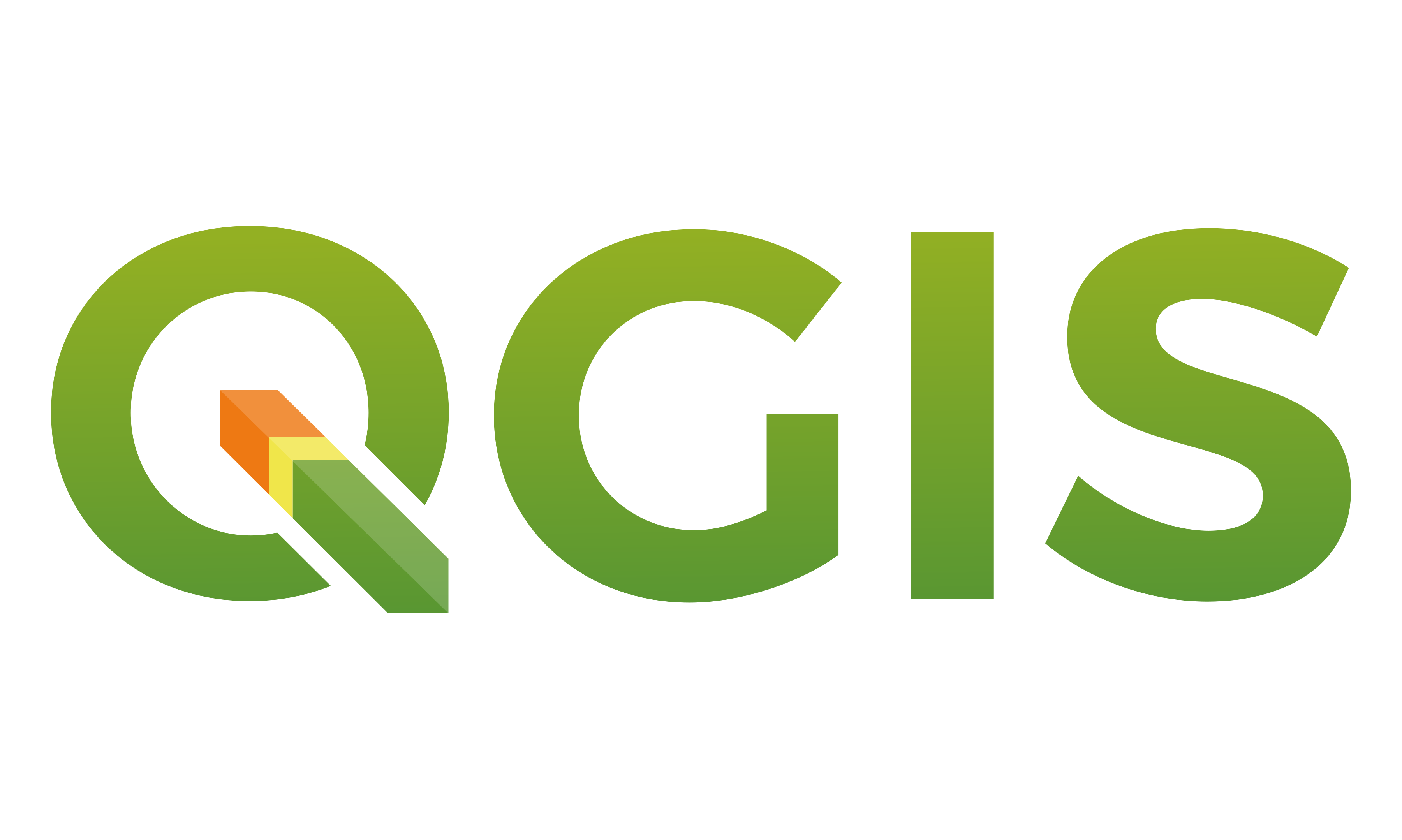
QGIS
QGIS (Quantum Geographic Information System) is a powerful, open-source GIS software that enables users to analyze, visualize, and manage spatial data. This makes it invaluable for land degradation neutrality (LDN) efforts. QGIS supports a wide range of geospatial data formats and can integrate with various plugins, offering flexibility for environmental monitoring and land management. With QGIS, users can map land cover changes, deforestation, and soil erosion, helping to identify areas in need of restoration. Additionally, its ability to overlay satellite imagery and environmental data provides crucial insights for sustainable land-use planning. Moreover, QGIS supports decision-making by allowing users to model the effects of land-use changes, such as afforestation and agroforestry. Through tools for terrain analysis, hydrological modeling, and ecosystem service assessment, it helps users implement sustainable land management practices in the right environments. Integrating QGIS with platforms like Trends.Earth, QGIS is an essential tool for monitoring and achieving LDN targets efficiently. Follow the link to download and try the software with our additional plugins/packages.
- Keywords: SLM, land use planning (LUP), SDG 15.3.1, Forest monitoring, land restoration
-
Characteristics:
Decision Making Scale: Local, Regional (Sub-national), National
Decision Making Direction: Bottom-up, Top-down
Stakeholder Involvement: Expert knowledge needed, Spatial data required, Satellite data for monitoring, Training Required
Tool Type: Indicator assessment, Forward-looking, Multi-criteria analysis, Optimization, Rapid-appraisal, Process-oriented tool
View Other Tools